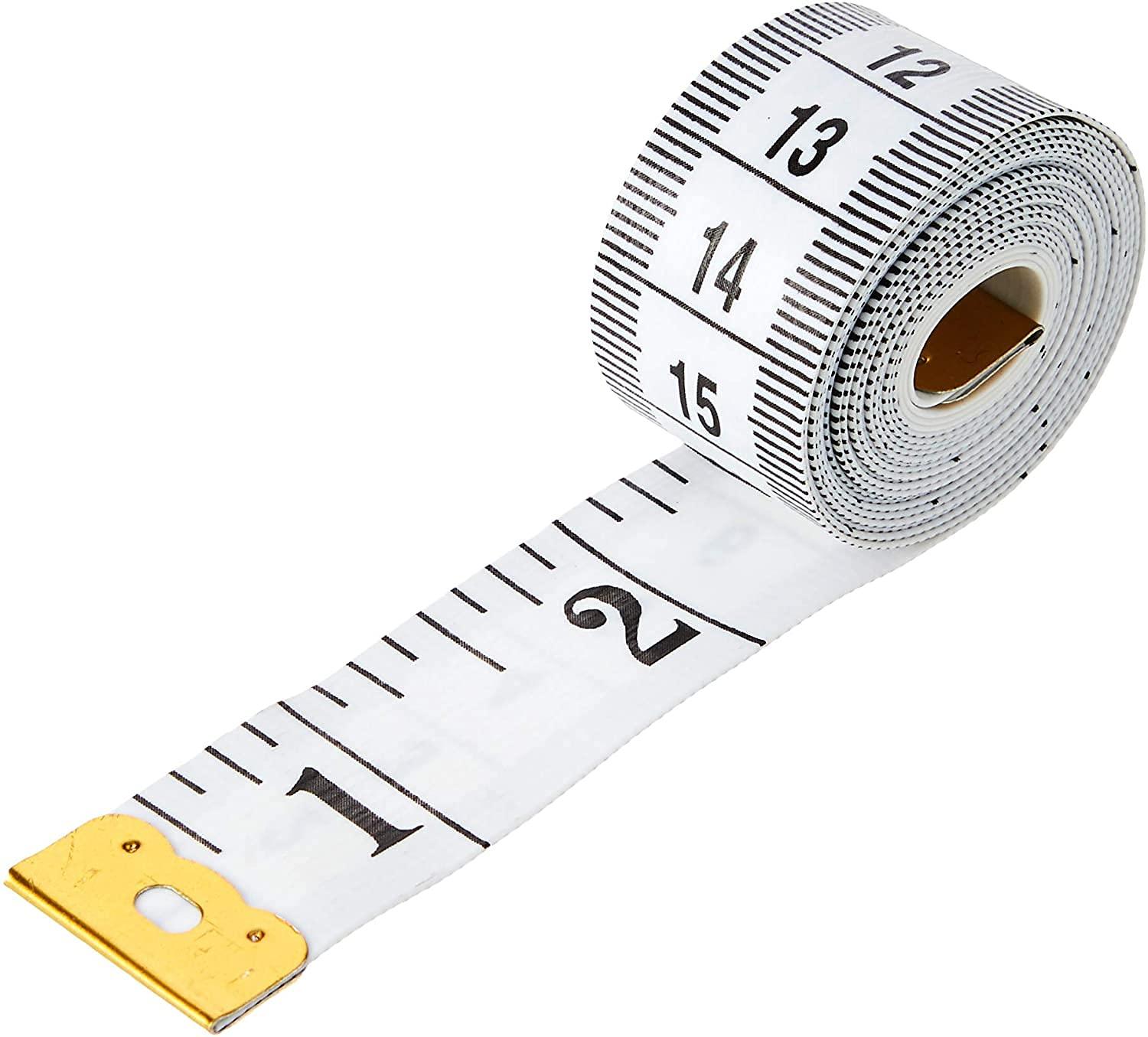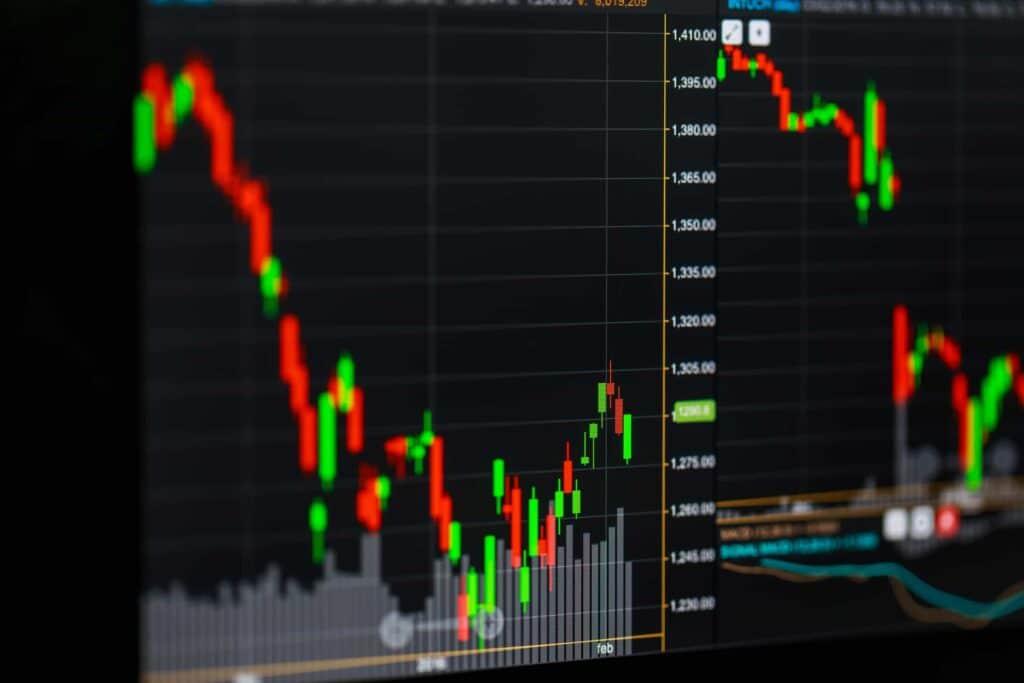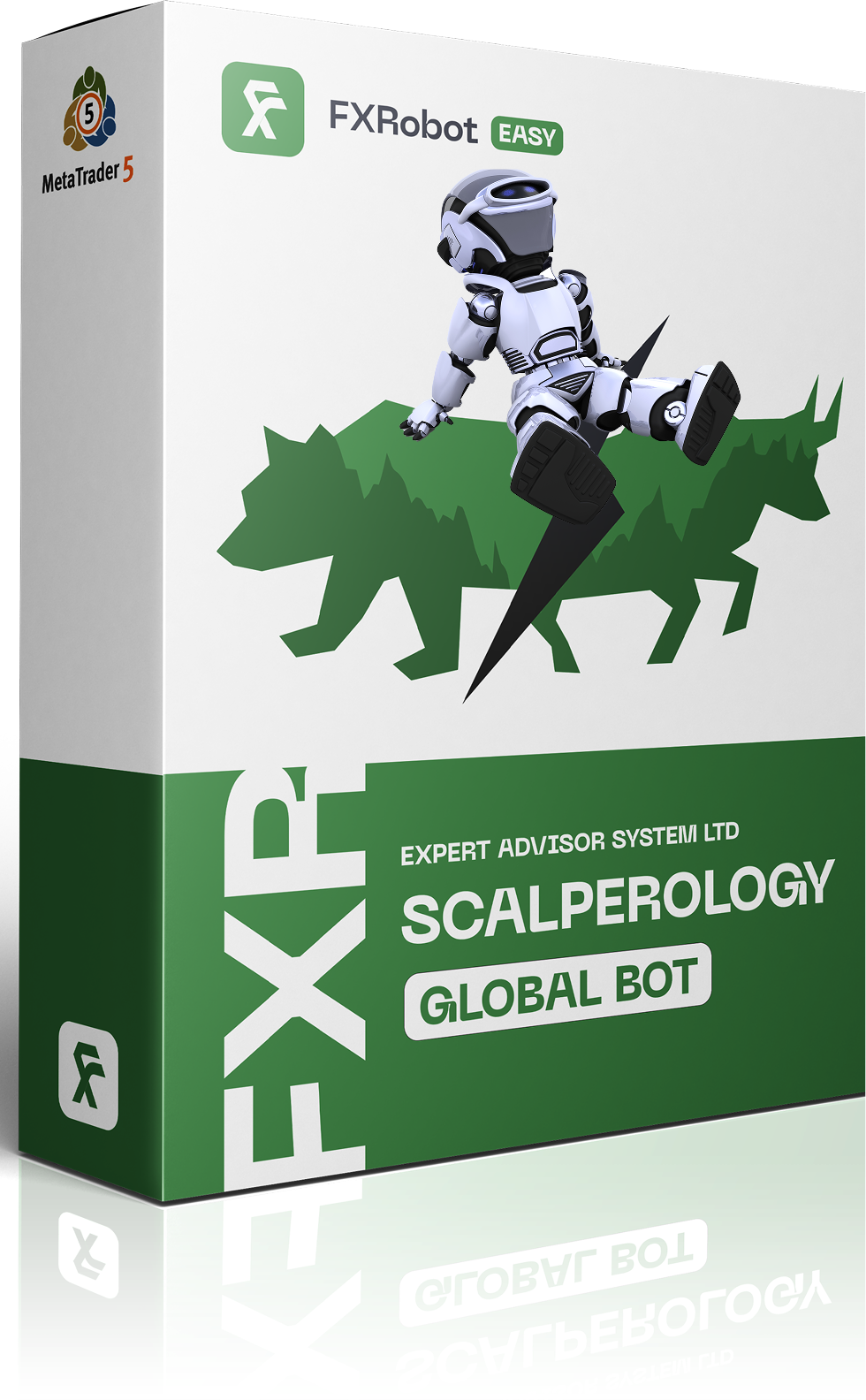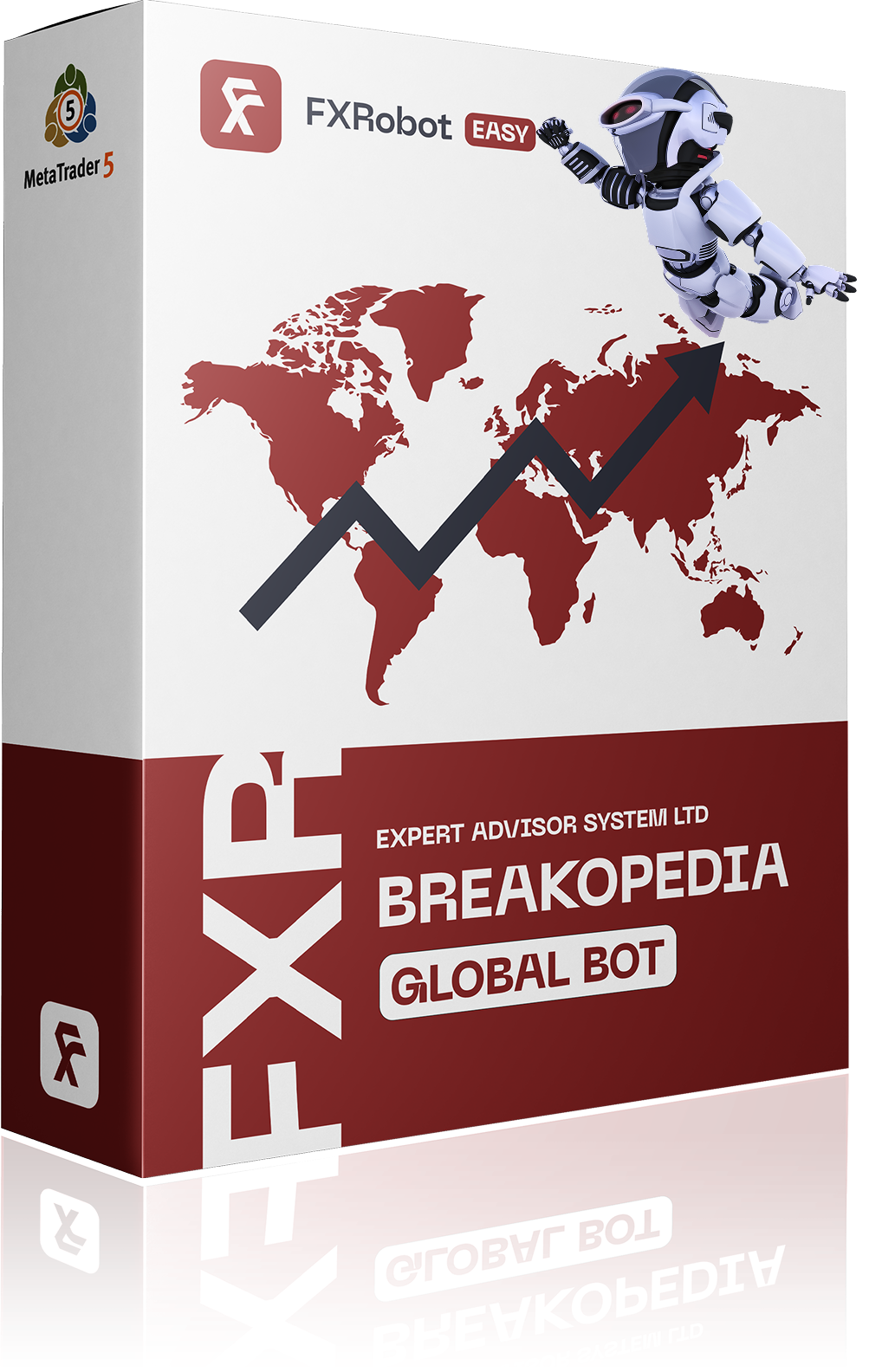Evaluating Forex robot performance is like being a detective in the world of trading. You need to know what clues to look for and how to interpret them. In this article, we will delve into the key metrics that can help you assess the effectiveness of your Forex trading robots. From understanding drawdown to analyzing profit factors, we will cover the essential indicators that can make or break your automated trading strategy. So, grab your magnifying glass and let’s uncover the secrets behind successful Forex robots. And remember, even Sherlock Holmes had to start somewhere.
Evaluating Forex Robot Performance: Key Metrics for Success 📊
When diving into the world of Forex robots, understanding key performance metrics is essential. One standout example is the EASY Trendopedia Bot, which uses advanced algorithms to meticulously analyze market trends. This bot employs a “Minimum Similarity PP” mechanism to ensure that trading patterns align closely with historically successful models, minimizing the risk of false signals. By focusing on long-term trends rather than short-term fluctuations, the EASY Trendopedia Bot offers a strategic advantage, making it an ideal choice for traders seeking consistent results over time. 📈🤖
On the other hand, the EASY Scalperology Bot is designed for those who thrive on the fast-paced nature of high-frequency trading. This bot leverages real-time tick data to identify and act on fleeting market opportunities with remarkable speed. Unlike its trend-following counterpart, the Scalperology Bot prioritizes immediate execution, reducing the time lag between signal generation and trade execution. This makes it perfect for traders who are comfortable with higher risks in exchange for potentially higher rewards. Both bots exemplify how different strategies can be optimized through precise algorithmic trading, catering to diverse trading styles and goals. 🚀💹
Unveiling the Secrets of Forex Robot Profitability with Real Examples 💡
When diving into the realm of Forex robots, it’s essential to look beyond the flashy promises and delve into real-world performance metrics. Take, for instance, the EASY Breakopedia Bot. This bot leverages the EASY Trading AI strategy, combining market data analysis with key level breakouts to filter trading signals. The bot’s ability to dynamically manage risks while optimizing each trade makes it a reliable ally for traders aiming to maximize market opportunities. With features like dynamic risk management and extensive educational resources, even novice traders can confidently navigate the complexities of Forex trading. 📈💡
On the other hand, consider the LittleCrazy MT5, an aggressive EA that boasts an estimated annual profitability of 200%-400% based on backtest data. This bot operates on small deposits, making it accessible for traders with limited capital. However, its high-risk approach, with a potential drawdown of 90% or more, is not for the faint-hearted. It requires running on three separate charts for AUDCAD, NZDCAD, and AUDNZD, with a leverage of at least 1:500. While the potential returns are tantalizing, the risk of significant losses is equally high, making it a tool best suited for those with a robust risk appetite. 🚀📉

Comparing Forex Robots: Which Metrics Truly Matter? 🤔
When it comes to evaluating Forex robots, several key metrics stand out as crucial for determining their effectiveness. First and foremost, the win rate is often a go-to metric for many traders. However, a high win rate alone can be misleading if the robot’s risk management isn’t up to par. For instance, the CyberCore EA MT4 boasts a sophisticated risk management system that includes automatic position sizing and stop-loss settings, ensuring that even a series of losing trades won’t decimate your account. On the other hand, the AI Nodiurnal EA leverages machine learning algorithms to adapt to evolving market conditions, making it a versatile option for traders who want a robot that can handle different market scenarios.
Another critical metric is the drawdown, which measures the peak-to-trough decline in your account balance. A robot with a low drawdown, like the EASY Trendopedia Bot, provides peace of mind by minimizing potential losses. This bot focuses on long-term trends and employs advanced data analysis to make informed trading decisions. In contrast, the EASY Scalperology Bot is designed for high-frequency trading, where quick, short-term gains are the goal. Both robots have their merits, but understanding their drawdown characteristics can help you choose the one that aligns with your risk tolerance. Ultimately, metrics like win rate, drawdown, and adaptability to market conditions are essential for evaluating the true performance of Forex robots. 🚀📊
Key Metrics to Watch: A Deep Dive into Forex Robot Performance 📈
When evaluating the performance of Forex robots, one cannot overlook the importance of key metrics. These metrics serve as the backbone of understanding how well a robot can navigate the turbulent waters of the Forex market. For instance, the SterlingSniperBot, which operates on the GBP/USD pair, boasts a total profit of $18,752.7 with a profit factor of 1.47. This means that for every dollar risked, the bot returns $1.47, a solid indicator of its profitability. Moreover, with a winning percentage of 55.23% and a return/drawdown ratio of 7.21, traders can gauge the bot’s efficiency in balancing gains against potential losses. 📊
On the other hand, the MiloBot PRO, renowned for its advanced algorithmic strategy, demonstrates an annual interest rate of 103% after recapitalization. This bot, which closes an average of 181 transactions per month with a 68% success rate, exemplifies the potential for consistent profitability. The bot’s ability to diversify across 11 exchange instruments and automatically adjust lot sizes based on account balance further underscores its robustness. Such metrics not only highlight the bot’s capability to generate stable profits but also its adaptability to varying market conditions, making it a reliable choice for traders. 💹

Forex Robot Showdown: Evaluating Performance with Concrete Examples ⚔️
In the world of Forex trading robots, the EASY Scalperology Bot stands out like a knight in shining armor ⚔️. This bot is designed for those who crave speed and precision in their trading operations. Unlike other bots that might hesitate or delay trades due to additional checks, the EASY Scalperology Bot leaps into action the moment a trading signal aligns with its predefined criteria. This immediate response is crucial for capitalizing on the rapid movements of the Forex market. With advanced risk management features, including preset stop-loss and take-profit orders, this bot is tailored to handle the high-risk environment of scalping. It’s a comprehensive solution for traders who want to dive deep into scalping without manually tracking every market twitch.
On the other hand, the Price Action OB Trader EA takes a more methodical approach, focusing on the famous OutsideBar pattern 📈. This EA can operate on seven different currency pairs simultaneously, making it a versatile tool for traders looking to diversify their portfolios. It doesn’t rely on tight spreads, making it suitable for various account types. Every trade is safeguarded with dynamic stop-loss and take-profit levels that adapt to market volatility. This EA also features a built-in compound interest money management system, enhancing its long-term profitability. Whether you’re a fan of the rapid-fire approach of the EASY Scalperology Bot or the calculated strategy of the Price Action OB Trader EA, both robots offer unique advantages to suit different trading styles.
How to Measure Forex Robot Success: Key Metrics and Real-World Comparisons 🔍
When it comes to measuring the success of a Forex robot, one must dive into key metrics that truly matter. First and foremost, let’s talk about the win rate and profitability. A high win rate might seem appealing, but it’s the profitability that counts. For instance, the EASY Trendopedia Bot focuses on long-term trends, leveraging advanced data analysis to predict market movements accurately. This bot, unlike its sibling EASY Scalperology, doesn’t just aim for frequent small wins but targets substantial gains from sustained market trends. This approach often results in fewer trades but with higher profit margins, making it a darling for those who prefer strategic over tactical trading. 📈💡
Another critical metric is the drawdown, which measures the peak-to-trough decline during a specific period. It’s a litmus test for the robot’s risk management capabilities. Take the CyberCore EA MT4, for example. While it promises impressive returns, it also emphasizes the importance of managing drawdowns to protect your capital. The same goes for the Breakout and Trend Following Trading System EA, which, despite its lower win rate, boasts larger winning trades that outstrip the losses over time. This kind of balance is essential for long-term success, ensuring that your trading journey isn’t just profitable but also sustainable. 🚀📊
The Ultimate Guide to Evaluating Forex Robots: Metrics and Case Studies 📚
When evaluating Forex robots, metrics such as drawdown, profit factor, and win rate are essential. Take the EASY Breakopedia Bot, for instance. This robot has undergone extensive testing, including a two-year backtest and real account trials, showcasing its ability to generate profits even in challenging market conditions. The bot’s design allows traders to control and optimize each trade, ensuring confidence and flexibility in decision-making. The customizable parameters cater to individual strategies, balancing risk and reward effectively. With features like invisible take profit and averaging to turn negative trades positive, the EASY Breakopedia Bot is a reliable choice for traders aiming to maximize market opportunities 📈🤖.
Another noteworthy example is the Flex Grid EA, which operates on the RSI indicator and employs a grid strategy to manage trades. This EA is fully automated, not sensitive to spread, and always has a stop loss in place. It works best on pairs like EURUSD and USDJPY using the M5 timeframe. A VPS is recommended for optimal performance. The Flex Grid EA’s ability to adapt and optimize settings based on market conditions makes it a versatile tool for traders. By analyzing user reviews and performance metrics, traders can make informed decisions about which robots align best with their trading goals and risk tolerance 📊💡.
Forex Robot Performance Metrics: What to Look For and Why 🧐
When diving into the performance metrics of Forex robots, profitability is often the star of the show. However, it’s crucial to dig deeper into the numbers. Take the SterlingSniperBot, for instance. It boasts a total profit of $18,752.7 over a decade, with a profit factor of 1.47 and a winning percentage of 55.23%. While these figures are impressive, the real gem lies in its drawdown percentage of 15.25%. This metric tells you how much of your capital could be at risk during a losing streak. A low drawdown, like SterlingSniperBot’s, indicates robust risk management, ensuring your account doesn’t plummet during market downturns. 📉💡
Another key metric to scrutinize is the Sharpe Ratio, which measures risk-adjusted return. For example, the Milioron robot integrates risk management mechanisms such as stop losses and trailing stops, resulting in a more stable performance. This robot’s adaptability across various currency pairs and its automation capabilities minimize emotional trading errors, enhancing overall efficiency. By comparing these metrics across different robots, you can gauge not just how much profit they can generate, but how reliably and safely they can do so. 📊🔍
Understanding Forex Robot Metrics: Detailed Insights and Practical Examples 🔬
When diving into the world of Forex robots, one must navigate a labyrinth of metrics to truly understand their performance. Take, for instance, the SterlingSniperBot, a precision instrument designed for the GBP/USD pair. This bot’s prowess lies in its ability to analyze market conditions at the opening of a new 4-hour bar, capturing strategic trading opportunities. It meticulously calculates optimal entry, stop-loss, and profit-target prices, ensuring it capitalizes on potential upside movements while managing risk effectively. The performance metrics are impressive: a total profit of $18,752.7, a winning percentage of 55.23%, and a profit factor of 1.47. These numbers highlight the bot’s ability to generate consistent returns while maintaining a balanced risk profile. 📈🔍
On the other hand, the EASY Scalperology bot, part of the EASY series, showcases a different approach. This bot is optimized for scalping on the XAUUSD pair, trading on the M5 timeframe. It uses a combination of technical indicators like iStochastic, iMACD, iSAR, and iRSI to identify high-probability trades. The bot’s strategy revolves around opening pending orders based on stable signals and high price dynamics, achieving a minimal drawdown with maximum efficiency. The average drawdown is kept up to -10%, and the bot opens from 2 to 15 trades per day, depending on market activity. Such metrics underscore the bot’s ability to perform consistently in a volatile market, making it a reliable tool for traders looking to scalp intraday. 📊💡

Forex Robot Performance: Key Metrics and Real-Life Comparisons for Traders 🛠️
When it comes to evaluating the performance of Forex robots, metrics like drawdown, profit factor, and win rate are essential. Take the EASY Scalperology Bot, for instance. This bot is designed for high-frequency trading, making rapid decisions based on real-time tick data. It employs advanced machine learning algorithms to detect even the smallest price movements, ensuring that no trading opportunity slips through the cracks. The bot’s ability to execute trades without additional layers of signal filtering allows it to capitalize on market opportunities faster than its competitors. This speed is crucial for scalping strategies, where profits are made from quick, small price changes. 🚀📈
On the other hand, the EASY Breakopedia Bot is tailored for breakout trading. It continuously monitors market data to identify potential breakout points, applying comprehensive risk assessments before executing trades. This bot is equipped with dynamic risk management features, including adjustable stop-loss and take-profit orders, ensuring that trades are executed within safe parameters. The bot’s ability to adapt to changing market conditions by analyzing historical data and current trends makes it a versatile tool for traders. Whether you’re trading Forex, cryptocurrencies, or indices, the EASY Breakopedia Bot offers a robust solution for managing trades effectively. 📊🔍
Q&A
Q: What are the key metrics to evaluate Forex robot performance?
A: Evaluating Forex robot performance is like assessing a new car. You wouldn’t just look at the color, right? The key metrics include the robot’s profitability, drawdown, win rate, and risk-reward ratio. Profitability tells you if the robot is making money, while drawdown measures the maximum loss from a peak to a trough. Win rate shows the percentage of winning trades, and the risk-reward ratio helps you understand the potential profit compared to the risk taken.
Q: How important is backtesting in evaluating a Forex robot?
A: Backtesting is like a dress rehearsal for a play. It allows you to see how the robot would have performed in the past using historical data. This can give you a good indication of its potential future performance. However, remember that past performance is not always indicative of future results. It is a crucial step but should be complemented with live testing.
Q: What role does the win rate play in assessing a Forex robot?
A: The win rate is like a batting average in baseball. It tells you how often the robot wins trades. A high win rate might seem attractive, but it is not the whole story. You also need to consider the size of the wins versus the losses. A robot with a lower win rate but larger wins can be more profitable than one with a high win rate but small wins.
Q: Why is drawdown an essential metric for Forex robots?
A: Drawdown is the dark side of the moon in Forex trading. It measures the decline from a peak to a trough in the robot’s equity. High drawdowns can be a red flag, indicating significant risk. A robot with a low drawdown is generally safer, as it shows that the robot can handle market fluctuations without significant losses.
Q: Can you explain the significance of the risk-reward ratio?
A: The risk-reward ratio is like the compass for a sailor. It helps you navigate the potential profit relative to the risk taken. A good risk-reward ratio means that the potential rewards outweigh the risks. For instance, a ratio of 1:3 means that for every dollar risked, you could potentially make three dollars. This metric helps in understanding whether the robot’s strategy is worth the risk.
Q: How does live testing differ from backtesting?
A: Live testing is the real-world audition for your Forex robot. Unlike backtesting, which uses historical data, live testing involves running the robot in current market conditions. This helps you see how the robot performs in real-time, accounting for factors like slippage and changing market dynamics. It is the ultimate test to ensure the robot can handle the live trading environment.
Q: What is the importance of monitoring a Forex robot’s performance over time?
A: Monitoring a Forex robot over time is like keeping an eye on a plant. You need to ensure it is growing well and not wilting. Continuous monitoring helps you spot any deviations from expected performance, allowing you to make necessary adjustments. It ensures that the robot remains profitable and adapts to changing market conditions.
To Wrap It Up
As we draw the curtains on our exploration of evaluating Forex robot performance, it’s clear that understanding key metrics is not just a luxury but a necessity for any serious trader. From the nitty-gritty of profit factors and drawdowns to the subtleties of Sharpe ratios and win rates, these metrics form the backbone of informed trading decisions. They are the compass that guides traders through the turbulent seas of the Forex market, helping to distinguish between a promising robot and a digital dud.
So, whether you’re a seasoned trader or a newcomer eager to dip your toes into the world of automated trading, remember that knowledge is your most potent tool. Armed with a thorough understanding of these performance metrics, you’re not just trading—you’re trading smart. Keep your eyes on the data, stay skeptical of too-good-to-be-true claims, and always be ready to adapt. After all, in the ever-evolving landscape of Forex trading, the only constant is change. Happy trading!







